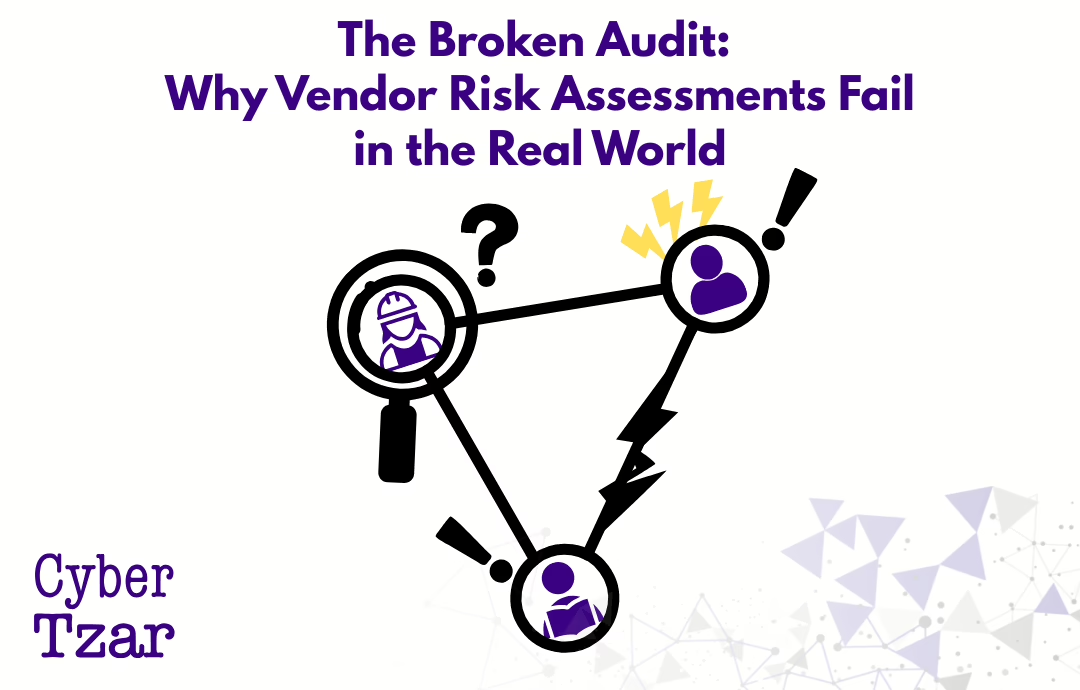When organisations think about supply chain risk, they usually focus on direct vendors — cloud providers, IT partners, or logistics firms. But increasingly, the real threat lies further down the line.
Welcome to the world of Tier 4 suppliers — the suppliers of your suppliers’ suppliers — and the growing cybersecurity risks they carry.
They’re the manufacturers of a component in a device your business relies on. The subcontractor to your outsourced HR firm. The regional distributor who connects your goods to market.
And in 2025, they’re a growing target for cybercriminals looking to exploit systemic weaknesses and hidden dependencies.
Why Tier 4 Is So Risky — and So Overlooked
🔍 Lack of visibility – Most organisations stop mapping risk at Tier 1 or Tier 2. Tier 3 is rarely monitored. Tier 4? Almost never.
🔗 Cascading impact – A ransomware attack at a fourth-tier supplier can cause upstream disruption without warning.
🧾 No contractual control – You probably don’t have any direct agreement with Tier 4 vendors — but you still depend on them.
📉 No shared security baseline – Tier 4 vendors often lack Cyber Essentials, ISO 27001, or even basic patching policies.
As a result, Tier 4 suppliers are often the weakest link — and adversaries know it.
Examples in the Wild
-
A critical component in an industrial device was compromised, causing disruption in multiple NHS Trusts. The vulnerability was introduced by a Tier 4 electronics supplier.
-
A phishing attack on a small marketing subcontractor led to leaked credentials that compromised a national retailer’s promotion system.
-
A third-party payroll provider was compromised through a Tier 4 data processing firm — delaying payments to over 100,000 staff.
These aren’t rare events. They’re signals of a systemic blind spot.
What Businesses Can Do
While you may not contract directly with Tier 4 suppliers, you can still:
-
Extend your supplier risk assessments – Ask Tier 1s and Tier 2s about their downstream security requirements.
-
Build supplier mapping capability – Know who your vendors rely on, and where data flows.
-
Monitor public-facing assets – Vulnerability scanning can identify risks even without a direct relationship.
-
Set minimum standards – Make Cyber Essentials or ISO 27001 a condition for key supply tiers.
-
Introduce shared contingency planning – Work with strategic partners to simulate downstream disruption and prepare a joint response.
How Cyber Tzar Helps Identify Deep Supply Chain Risk
At Cyber Tzar, we help organisations build visibility into supply chain risk — even where they don’t have direct contracts.
✅ Scan and monitor external infrastructure of downstream suppliers
✅ Map digital dependencies and identify shared vulnerabilities
✅ Benchmark cyber posture across your entire vendor ecosystem
✅ Generate risk reports aligned with insurer and regulatory expectations
You can’t protect what you can’t see. But you can start mapping the risk that sits beneath your supply chain.
📦 Want to uncover blind spots in your supplier network?
Get a supply chain scan at cybertzar.com
